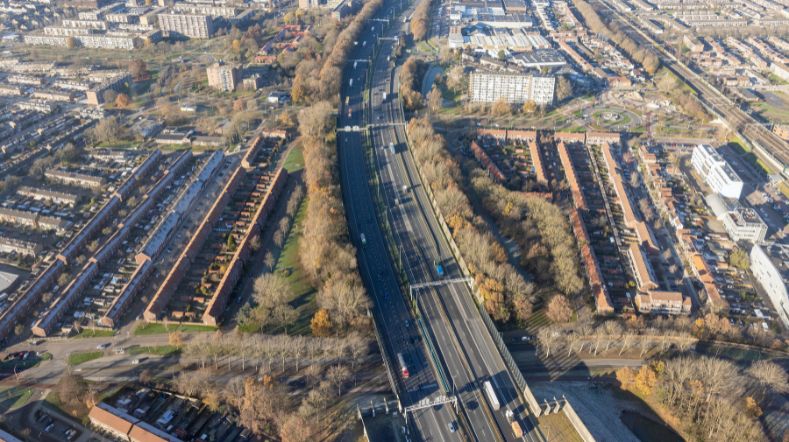
Climate change and air pollution
Limiting climate change and air pollution is perhaps society's greatest challenge. We can help achieve this. We’re developing methods to measure particulate matter, nitrogen, and greenhouse gases. And we're identifying the sources and effects of emissions. This enables companies and governments to take effective measures. In this way, we're playing a key role in initiating the climate transition.
In the Paris Agreement, climate goals were agreed upon worldwide. The Netherlands has promised a 49% cut in greenhouse gas emissions by 2030. In addition, there’s a global and European desire to further reduce air pollution. There’s increasing scientific evidence of the harmful effects of air pollution – especially particulate matter – on health.
To achieve these goals, radical changes are needed worldwide, in the energy system, factories, buildings, traffic, and agriculture. Therefore, it’s important to know the origins of emissions, how they affect climate change and air pollution, and how we can effectively reduce them.
Effective against air pollution
We have many years of experience in mapping emissions in all sectors. By combining measurements, satellite data, and complex climate modelling, we can determine the sources and effects of emissions with ever greater precision. We can then advise and support companies and governments in reducing emissions. Examples include:
- A greenhouse gas monitoring system: we’re developing methods and models to measure emissions of CO2 and other greenhouse gases. For example, we’re working with international partners on a European monitoring system for greenhouse gases based on measurement and satellite data.
- 'Particulate matter tool’ TOPAS (TNO Operational Source Apportionment Service): For better understanding and insight into sources of particulate matter, we have developed TOPAS. This tool combines modeling and measurements to map out the particulate matter sources per location. This provides insight into the origin of particulate matter. TOPAS can explain why there’s a lot of particulate matter at certain locations and what the cause is. This allows precautionary measures to be taken.
- Detailed mapping of nitrogen deposition: we map the deposition of nitrogen in vulnerable areas. Understanding eutrophication and acidification is important for maintaining biodiversity and productivity. Deposition maps help policymakers take the right measures against air pollution to protect these areas.
-
Cabauw measurement station: This enables us to study the atmosphere for a better understanding of air quality and climate change.
-
The 5-step approach for healthy air outdoors: Our research translated into practical guidelines for policymakers.
-
A measurement pilot for wood smoke in the neighborhood: Working together with the IJmond Environmental Service and Citizen Platform Hollandse Luchten, collaborating with citizens to map out wood smoke at the neighborhood level.
Get inspired
Vacuuming the highway to reduce environmental microplastics from tyres


Making air healthier along busy roads


Measurement campaign in Rijnmond area to pinpoint emissions by shipping


Mapping out biodiversity thanks to particulate matter filters


TNO offers insight into air quality around airports



